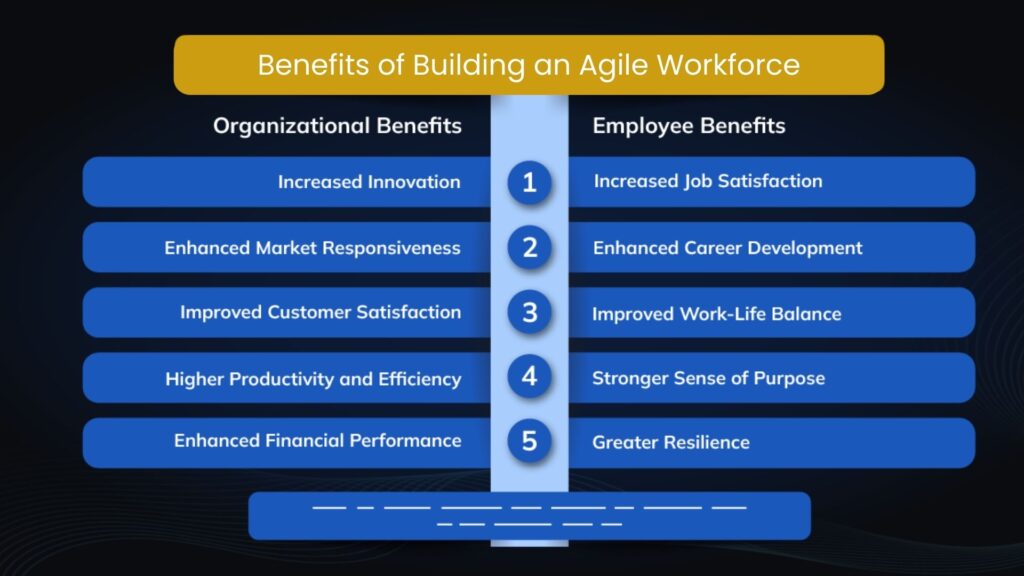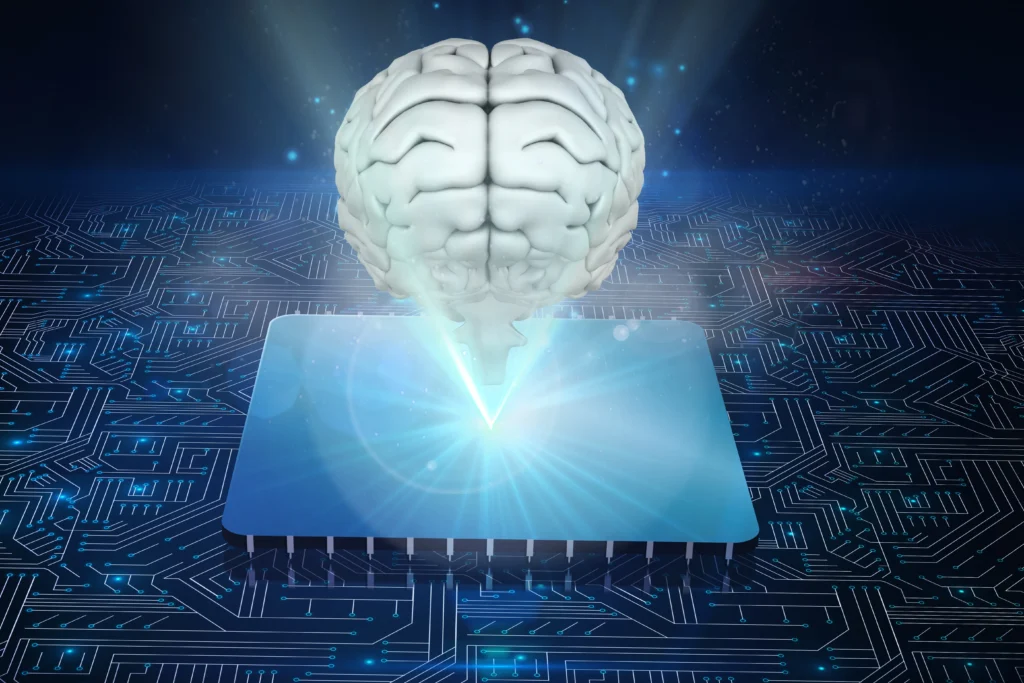The business world is constantly in flux. Disruptive technologies, evolving customer demands, and ever-shifting market trends are just a few factors that necessitate a workforce that is both flexible and adaptable. This is where the concept of an agile workforce comes into play.
An agile workforce thrives in an environment of change. It’s a team of individuals with the skills and mindset to adapt to new situations quickly, learn new technologies, and embrace innovative solutions. In today’s dynamic world, building an agile workforce is no longer a luxury; it’s a necessity for organizational success.
What is an Agile Workforce?
An agile workforce is a team of individuals who are adaptable, innovative, and capable of responding effectively to change. These employees possess a growth mindset, strong problem-solving skills, and a collaborative approach to work. They are comfortable with ambiguity and can quickly pivot their strategies to meet evolving business needs.
What Makes a Workforce Agile?
An agile workforce is characterized by several key attributes that enable them to thrive in a rapidly changing environment:
Core Competencies
- Adaptability and Flexibility: Agile employees can seamlessly adjust to new situations, processes, or technologies. They are comfortable with ambiguity and can pivot their approach as needed.
- Continuous Learning: An agile workforce is characterized by a thirst for knowledge. They actively seek opportunities to learn new skills, stay updated on industry trends, and embrace technological advancements.
- Problem-Solving and Critical Thinking: Agile employees are adept at identifying problems, analyzing root causes, and developing creative solutions. They possess a strong ability to think critically and make informed decisions.
- Effective Communication and Collaboration: Clear and concise communication is essential for agile teams. They can effectively convey ideas, collaborate with diverse stakeholders, and work towards common goals.
- Resilience and Stress Management: Resilience is crucial for navigating challenges and setbacks. Agile employees can maintain a positive outlook and effectively manage stress under pressure.
Mindset and Cultural Attributes
- Growth Mindset: Agile individuals believe in developing new skills and improving over time. They embrace challenges as opportunities for growth rather than obstacles.
- Innovation and Creativity: An agile workforce is open to new ideas and approaches. They are encouraged to think creatively and experiment with different solutions.
- Risk Tolerance: Agile employees are comfortable taking calculated risks and are not afraid to fail. They understand that failure is often a stepping stone to success.
- Customer Focus: An agile workforce must have a customer-centric mindset. They prioritize understanding customer needs and delivering value-added solutions.
- Empowerment and Ownership: Agile employees feel empowered to take initiative and own their work. They are given the autonomy to make decisions and drive results.
Additional Considerations
- Diversity and Inclusion: A diverse workforce brings a variety of perspectives and experiences, fostering innovation and adaptability. Embracing diversity and inclusion is crucial for building an agile organization.
- Technological Proficiency: In today’s digital age, technological proficiency is essential. Agile employees are comfortable using various tools and technologies to enhance their productivity and efficiency.
- Ethical Considerations: An agile workforce should also be grounded in moral principles. They should act with integrity, respect for others, and commit to sustainability.
Benefits of Building an Agile Workforce
An agile workforce can reap numerous benefits for the organization and its employees. Here are some key advantages:
Organizational Benefits
- Increased Innovation: Agile teams are more likely to experiment with new ideas, leading to a higher rate of innovation and product development.
- Enhanced Market Responsiveness: An agile workforce can quickly adapt to changing market conditions, customer needs, and competitive pressures.
- Improved Customer Satisfaction: Agile organizations can enhance customer satisfaction and loyalty by responding to customer feedback and efficiently delivering solutions.
- Higher Productivity and Efficiency: Agile teams often work more efficiently, reducing time-to-market and improving overall productivity.
- Enhanced Financial Performance: Organizations with agile workforces tend to have more robust financial performance due to their ability to capitalize on opportunities and mitigate risks.
Employee Benefits
- Increased Job Satisfaction: Agile employees often report higher levels of job satisfaction due to the opportunities for growth, development, and autonomy.
- Enhanced Career Development: Agile work environments provide ample opportunities for learning, skill development, and career advancement.
- Improved Work-Life Balance: Flexible work arrangements and a focus on employee well-being can help agile employees achieve better work-life balance.
- Stronger Sense of Purpose: Agile employees often feel a stronger sense of purpose and connection to their work as they contribute to the organization’s success.
- Greater Resilience: The skills and mindset developed in an agile environment can help individuals to be more resilient and adaptable in their personal and professional lives.
Additional Benefits
- Stronger Employer Brand: Organizations with agile workforces are often seen as more attractive to top talent, leading to a stronger employer brand.
- Reduced Turnover: Happy and engaged employees are less likely to leave their jobs, reducing turnover costs and improving retention rates.
- Risk Mitigation: An agile workforce can help mitigate risks by adapting to unforeseen challenges and disruptions.
Building an agile workforce offers numerous benefits for both organizations and employees. Organizations can position themselves for long-term success in a rapidly changing business landscape by fostering a culture of innovation, adaptability, and continuous learning.
How to Build an Agile Workforce
Building an agile workforce is an ongoing process that requires commitment from both leadership and employees. Here are some key strategies to consider:
- Hire for agility: When recruiting, prioritize candidates with an adaptable mindset, a thirst for knowledge, and strong communication skills.
- Promote a continuous learning culture: Provide employees with opportunities to learn new skills through training programs, workshops, and conferences.
- Empower employees: Give individuals the autonomy and authority to make decisions and take ownership of their projects.
- Foster open communication: Encourage employees to share ideas, provide feedback, and collaborate effectively.
- Embrace new technologies: Invest in tools and technologies that facilitate collaboration, knowledge sharing, and project management.
- Measure and reward agility: Track progress and recognize employees who demonstrate agility and a willingness to learn.
How Spire.AI Can Help Build Your Agile Workforce
Spire.AI, an AI Copilot for Talent, empowers companies to build agile workforces by transforming them into Skills-Based Organizations (SBOs). Here’s how Spire.AI’s solutions contribute:
1. Auto-Evolving Role-Skill Framework
Spire.AI automates creating and maintaining a constantly evolving Role-Skill Framework, ensuring your skills data remains relevant to ongoing needs. This facilitates the identification of skill gaps within your workforce, allowing you to target learning and development programs most effectively.
2. Talent Management for Skills-Based Organizations
Spire.AI generates AI-powered employee skill profiles, providing a data-driven understanding of their strengths and weaknesses. This information can be leveraged to recommend personalized learning paths and career development opportunities, fostering continuous growth within your workforce.
3. Talent Marketplace
Spire.AI creates an internal talent marketplace that facilitates increased employee mobility. This allows individuals to showcase their skills and explore opportunities for lateral or vertical growth within the company, maximizing skill utilization and minimizing the need for external recruitment.
4. Talent Acquisition
Spire.AI streamlines the recruitment process using AI-powered matching algorithms and ensures you attract candidates with the skills necessary for success. This translates to a reduced cost per hire and shorter time-to-fill for open positions.
By implementing these strategies and utilizing tools like Spire.AI, you can cultivate an agile workforce that thrives in the face of change. This, in turn, will lead to a more innovative, adaptable, and successful organization.
Final Thoughts
In today’s rapidly evolving business landscape, adapting and innovating is paramount. By cultivating an agile workforce, organizations can position themselves for long-term success. Remember, an agile workforce is more than just a collection of individuals; it’s a cultural shift that empowers employees to think critically, embrace change, and drive innovation.
By focusing on key attributes like adaptability, continuous learning, and effective communication, organizations can create a workforce that is not only resilient but also capable of achieving remarkable results. So, let’s embark on the journey to build an agile workforce and unlock the potential for organizational growth and success.







